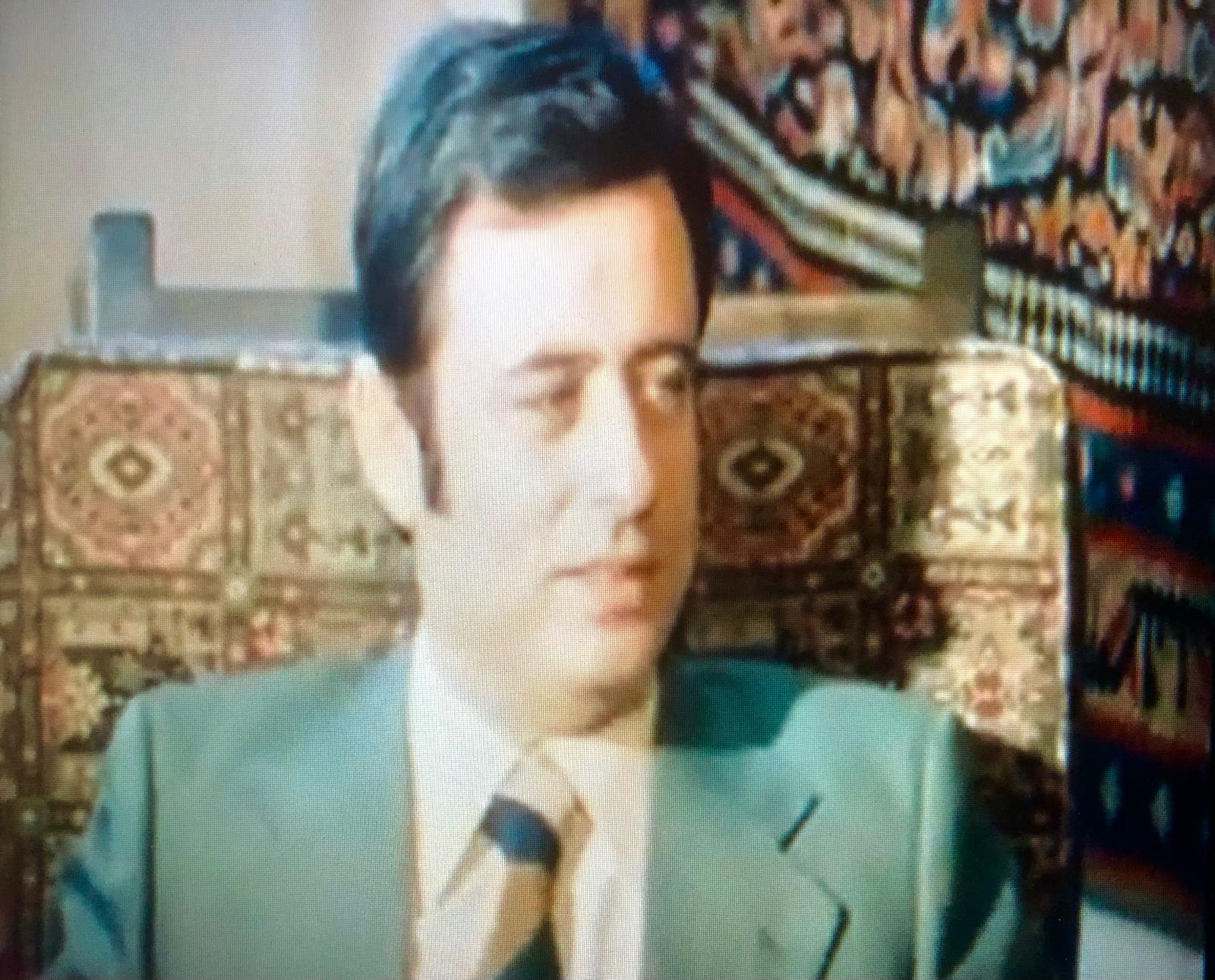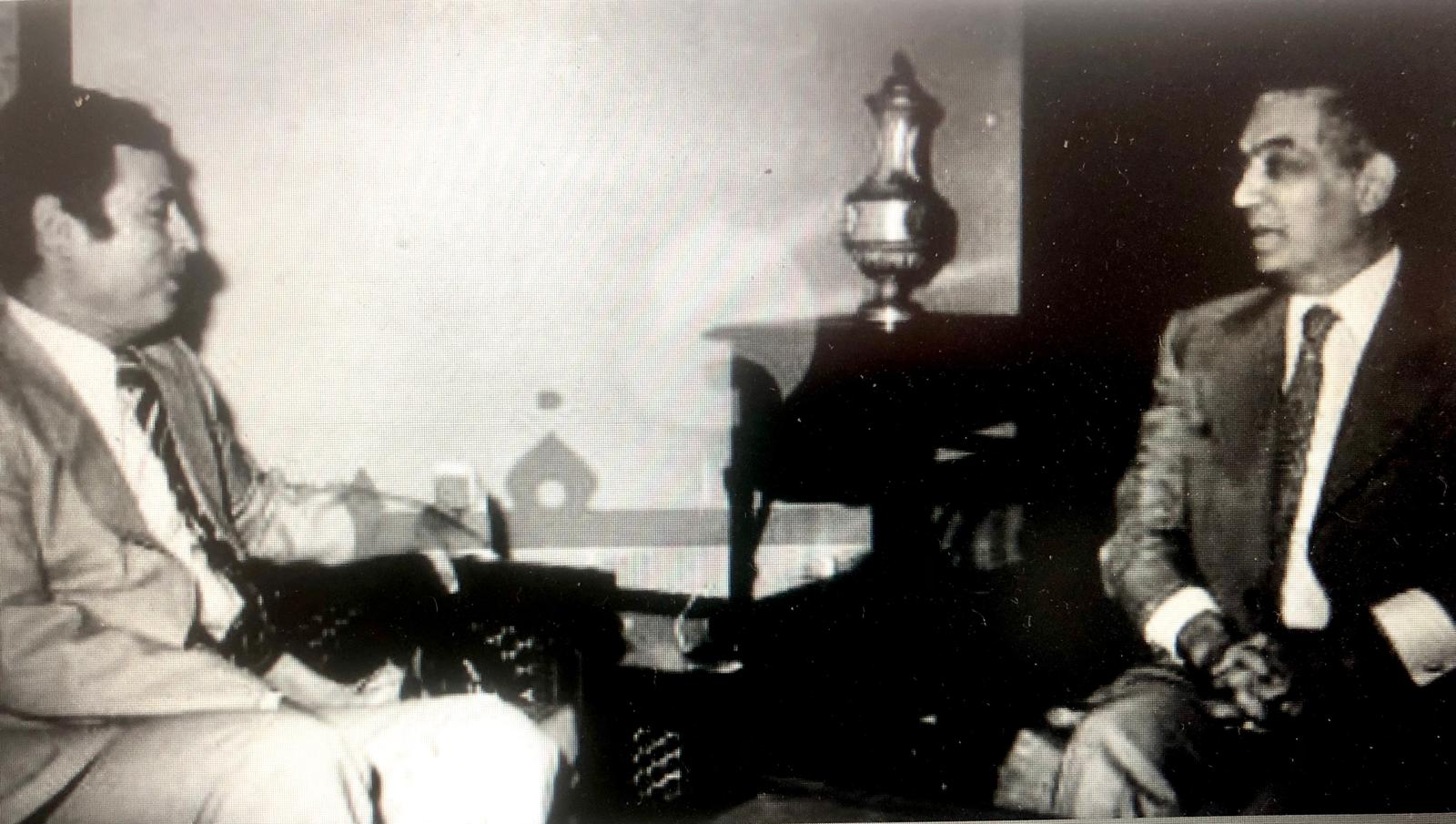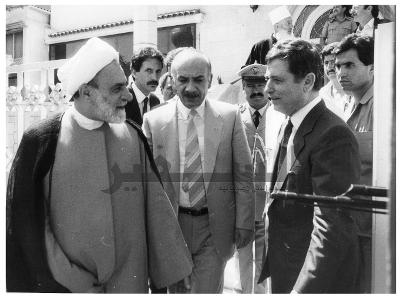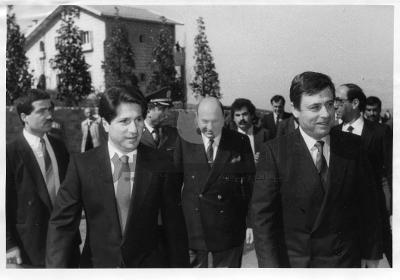Syrian troops appeared on Friday (1 May) to have stopped their thrust aimed at flushing out Falangist Christian militiamen from central Lebanon’s strategic heights. The drive, apparently aimed at ensuring complete Syrian control of East Lebanon’s fertile Bekaa valley, prompted Israel to intervene by shooting down two Syrian helicopters on Tuesday (28 April). The air strike and subsequent positioning if sophisticated Soviet missiles in the western part of Lebanon, raised international fears of a wider confrontation. To bring the situation under control, Syrian Foreign Minister Abdel-Halim Khaddam went to Beirut for high-level consultations with the warring factions.
The meeting which continued for two days, between Mr. Khaddam, his Lebanese counterpart Fuad Butros, and rival Christian and Moslem leaders, was televised in Lebanon.
A ceasefire plan was drafted which would reopen the crossing points along the “green line” dividing Beirut, relaxation of the siege of Zahle and reopening of Beirut airport.
After the talks, Mr. Khaddam said he had found a broad consensus for the ceasefire, with verbal support from the warring factions who had been shelling each other only days before.
The ceasefire plan also calls for wider deployment of the Lebanese army, put under Syrian control in 1976. But deep-seated Christian suspicion of Syria’s motives remains.




